No gin without juniper

When making gin, the herbs and spices used – the so-called “drugs” or “botanicals” (herbal extracts) – play an essential role because they are what give the gin its unique character. Even the smallest adjustments to the recipe can have a significant impact on the taste of the distillate. The juniper berries in the foreground are typical of a classic style gin.
But barks, roots, seeds, grains, herbs and fruits are also used in the maceration . (extraction process) eingesetzt. Theoretically, there are no limits to the possible combinations. The list of herbs is endless: sage, orange blossom, clove, nettle and numerous other herbs are among them. In the botanical group of fruits, in addition to citrus fruits and berries, exotic fruits such as physalis, kumquats or mango are also conceivable. The group of seeds and grainss also characterized by diversity. Anise, fennel, nutmeg, vanilla or malt are just a few seeds and grains that can be macerated when making gin. In the group of roots and barks Examples include turmeric, ginger, angelica root, sandalwood and cinnamon.
There is no THE DUKE Gin without additional botanicals
The producttion proceeds in a very classic way with previous maceration and subsequent double distillation using the rough rim fine spirit process. The botanicals are first prepared in an alcohol-water mixture and macerated overnight. The spices are carried by the delicately spicy aromas of the wheat ethanol, which do not push themselves into the foreground. During distillation, it is particularly important to preserve the complex flavors of the drugs. This is ensured by passing them slowly and gently from the copper still into the cooler. Two filtrations then ensure the purity and softness of the distillate. Finally, a second distillation is carried out, which makes the distillate finer and rounder.

The botanicals
Juniper berry – the soul of gin

The juniper berry is not only the most important botanical in gin, but also by definition the ingredient that must be included in a distillate to be considered gin. Juniper belongs to the evergreen cypress family and has 50 to 70 species. In Central Europe only the common juniper and the Sade tree are represented. The wood has a narrow sapwood, a reddish-brown core and often smells aromatic. The leaves are generally short and lie close to the branches. The egg- to spherical cones, popularly known as “berries”, take one to two years to mature, remain closed and turn bluish. The juniper berry is characterized by a sweet-spicy, slightly resinous-bitter taste and smells very strong.
Coriander seeds – The sidekick
Coriander is classified as a medicinal plant and spice plant and belongs to the umbelliferous family. It is also known as cilantro, Asian/Arabian parsley or vertigo. Many people are familiar with coriander as part of the herbal world. The fresh twigs develop a scent reminiscent of lemongrass and musk and are often used to season, refine or garnish hot and cold dishes. But the small, hard and spherical seeds are also often used as a spice. They contain up to two thirds of the valuable essential oils contained in the plant and can be used in a variety of ways. The extraordinary and intense aroma is also valued in the production of gin.
Lemon peel – The citrus note
The evergreen lemon trees produce elongated-oval fruits with yellow or green-yellow skin. The juicy, sour flesh contains around 3.5 to 8% citric acid and lots of vitamin C. Lemon slices are often used as a garnish for cocktails. There are numerous oil glands in the shell, which gives it an aromatic scent. The essential oils also give THE DUKE Gin a fresh fruit note. The lemons are peeled by hand by our distillers before the peel is macerated.

Lavender flowers – the floral touch

The plant genus Lavendula also includes the plant species Lavandula angustifolia, which in German is called real lavender carries. This is the plant that is almost always referred to when it comes to lavender. The typical color of the flowers also gives the name to the corresponding color shade, which is close to violet. Because it is hardy despite its love of warmth, it thrives well in Germany and its neighboring countries. Lavender is a gray, hairy, aromatic shrub. The inflorescences are spike-like and are somewhat reminiscent of grain. The calyx of the flower is gray-violet, short downy and ovoid-tubular. The purple corolla is weakly two-lipped. The flowering period is from June to August. Lavender is a plant genus often valued in medicine and perfumery. The floral, sweet to bitter lavender scent may be intense and unmistakable in itself,
Ginger root – Hot spice
The ginger plant is an herb that is visually reminiscent of reeds, with an average height of 0.5 to 1.5 meters and long leaves and thick stems. The root grows in a tuberous shape with several branches, both elongated and thick. The interior of the ginger bulb has a light, yellowish hue and is fibrous and juicy. The tuber is surrounded by a thin, brownish shell. The typically strong aroma of the ginger bulb and its sharp, spicy taste are subtly noticeable in the gin.
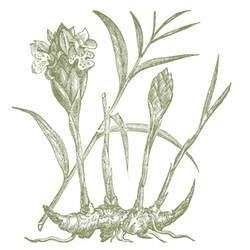
Cubeb pepper – warming spice

This pepper plant is a climbing plant whose pointed, elongated leaves are smooth. Similar to cereals, the flowers grow on spikes and are delicately white in color. They form the rough and brownish fruits that are associated with peppercorns. These have a more sweet than spicy taste. Each tiny berry has a short, small stalk that acts like a tail, inspiring the alternative name “tail pepper.” Cubeb pepper appears warming, spicy and piquant, but not too hot or bitter. It is also considered aromatic and long-lasting.
Angelica root – The angel among botanicals
The angelica root, also known as angelica, belongs to the umbelliferous family and can grow up to two meters high. It has a beet-like, reddish-brown root with yellow milky juice and sprouts a hollow, grooved stem. The large leaves are light green, the greenish flowers are arranged in 20 to 40-rayed double umbels. Angelica root contains mainly essential oil - it consists of 80 to 90 percent terpenes. It exudes an aromatic, strongly spicy smell and a taste that is initially aromatic and then becomes sharper and bitter.
Orange blossoms – captivating scent
Oranges are the fruits of the orange tree, which is evergreen and is a cross between the grapefruit and the mandarin. This reaches a height of up to 10 meters. Its young branches have thorns. Orange trees have fragrant, white flowers, with the flowering period in Europe lasting from February to June. The round, fist-sized fruits with the characteristically colored peel are formed from the orange blossoms. The scent of orange blossom is a wonderful combination of fresh citrus aromas and a mild, heavy honey-like scent.
Cinnamon bark – warming effect
The cinnamon tree is an evergreen tree with dense foliage and can reach a height of up to 10 meters. The large leaves are undivided, ovate-pointed and have arcuate main veins. If you crush the leaves, they give off a scent reminiscent of cloves. The tree also bears inconspicuous flowers arranged in loose panicles that are about 1.5 cm large and egg-shaped, dark purple fruits. The bark is obtained either from the two to three centimeter long branches of trees that are around 6 years old or from the root shoots of older trees that are around two years old. Cinnamon gives off a very characteristic, pleasantly aromatic smell. The taste is slightly sweet and bitter and spicy at the same time.
Caraway – beneficial properties
The deciduous, biennial herbaceous plant with a beet-like root grows 30 to 80 centimeters high, and under favorable conditions up to 120 centimeters. Seed ripening begins in June to August. The small, bald split fruit of the caraway is oval and splits into two individual fruits. These individual fruits, which are slightly crescent-shaped and pointy at both ends, are dark brown on the outside and light brown on the inside. They are said to have beneficial properties such as antiseptic, pain-relieving, antibacterial, digestive, antispasmodic and calming. When the individual fruits, popularly known as “caraway seeds,” are crushed, a charismatic scent is released. Caraway has a sweet, fruity smell and a spicy, hot taste
Hops & Malt – The Bavarian influence

Hops are a genus of plants in the hemp family. All types of hops occur in the northern hemisphere, with the best-known representative of the genus being the true hop, as it is used for brewing beer. The annual to perennial herbaceous climbing plants have jagged leaves and green-yellow cones (also called flowers). Hops have a bitter, slightly resinous taste, with a fruity-floral note developing in the distillate itself.
Malt describes grain that has been germinated and dried through malting. Special types of grain, for example so-called malting barley or brewing wheat, are usually used for production. The cleaned grain is soaked in water and germinated, which increases the water content to around 40%. After the seedlings have grown for five to seven days, germination is stopped by gentle drying and the outgrown seedlings are removed. The malt can then be stored. It is crushed or ground for further processing.
THE DUKE Wanderlust Gin

The DUKE Wanderlust Gin reflects our wanderlust and love of home in equal measure. In addition to the classic botanicals juniper and coriander, the distillate has a hint of honey aroma from the fine flowers of edelweiss, cornflower, corn poppy, arnica blossom and rose petal and a clearly noticeable fruity note from the raspberry. The cocoa bean gives the distillate a full-bodied body, while hops and malt give the gin a genuinely Bavarian touch.
THE DUKE Rough Gin – The “Total Reduction”
When dealing with a variety of herbs and spices every day, the appreciation of each individual botanical continually grows. So it's not surprising that one day while shredding juniper berries, the idea was born to create a gin that primarily honors its defining note, juniper.
The DUKE Rough Gin contains only five natural ingredients, which gives the strong juniper the opportunity to shine through with full force. The juniper berries are delivered to us in a semi-dry state. If you were to dry them completely, important flavors would be lost. Instead, the gentle semi-drying creates a pleasant sweetness. A little coriander and orange peel appear as supporting players, which are already an excellent garnish for the DUKE & Tonic has proven to deliver wonderful freshness. Our two Bavarian classics, hop blossom and malt, round off the rough gin in the usual mild way. The hops come from the Hallertau cultural landscape in the middle of Bavaria, which is the largest contiguous hop-growing area in the world. We source the malt from Bamberg in Upper Franconia.

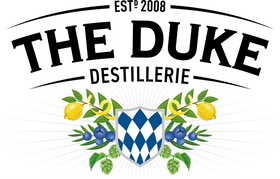
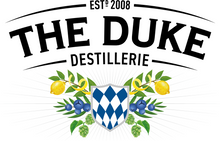

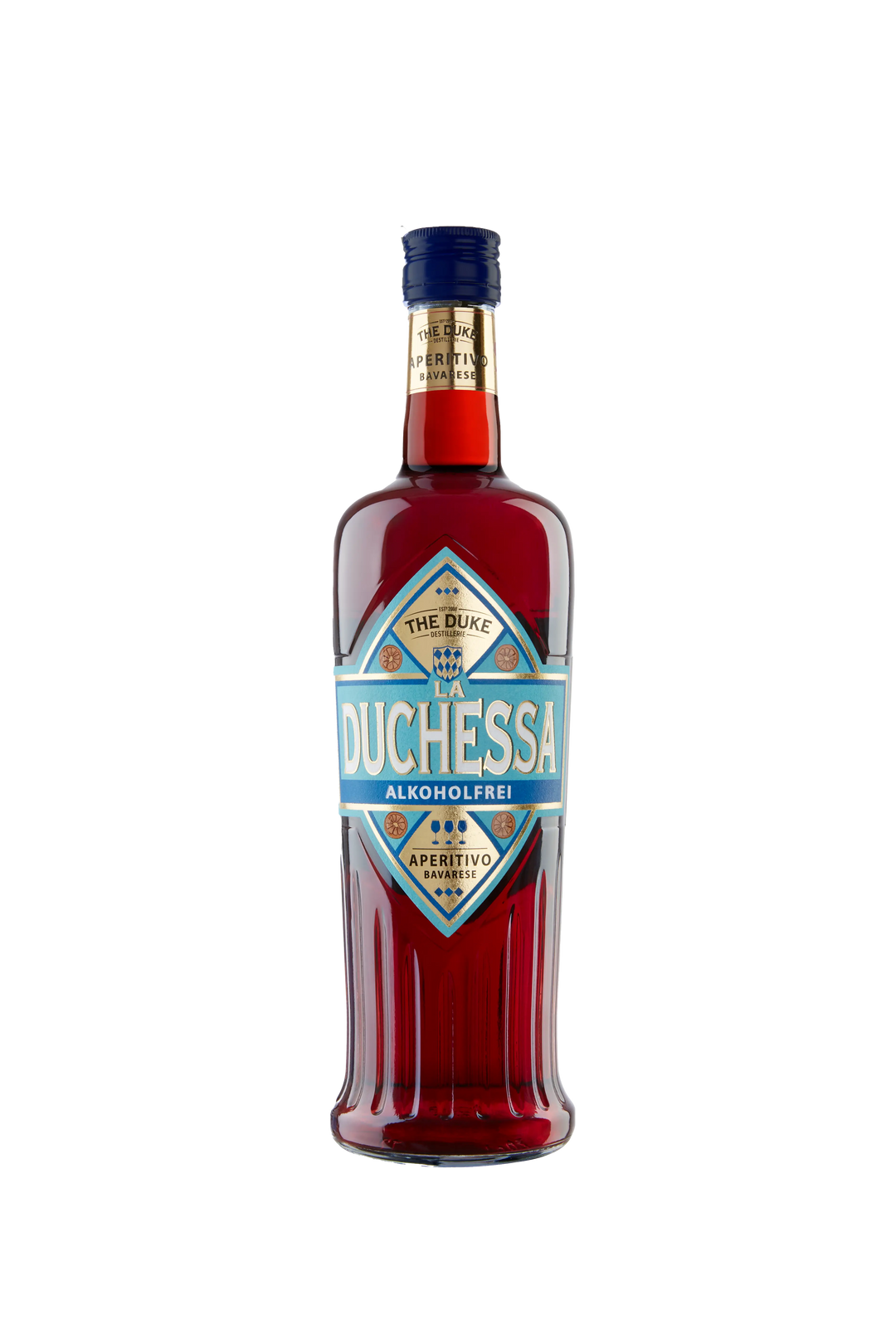
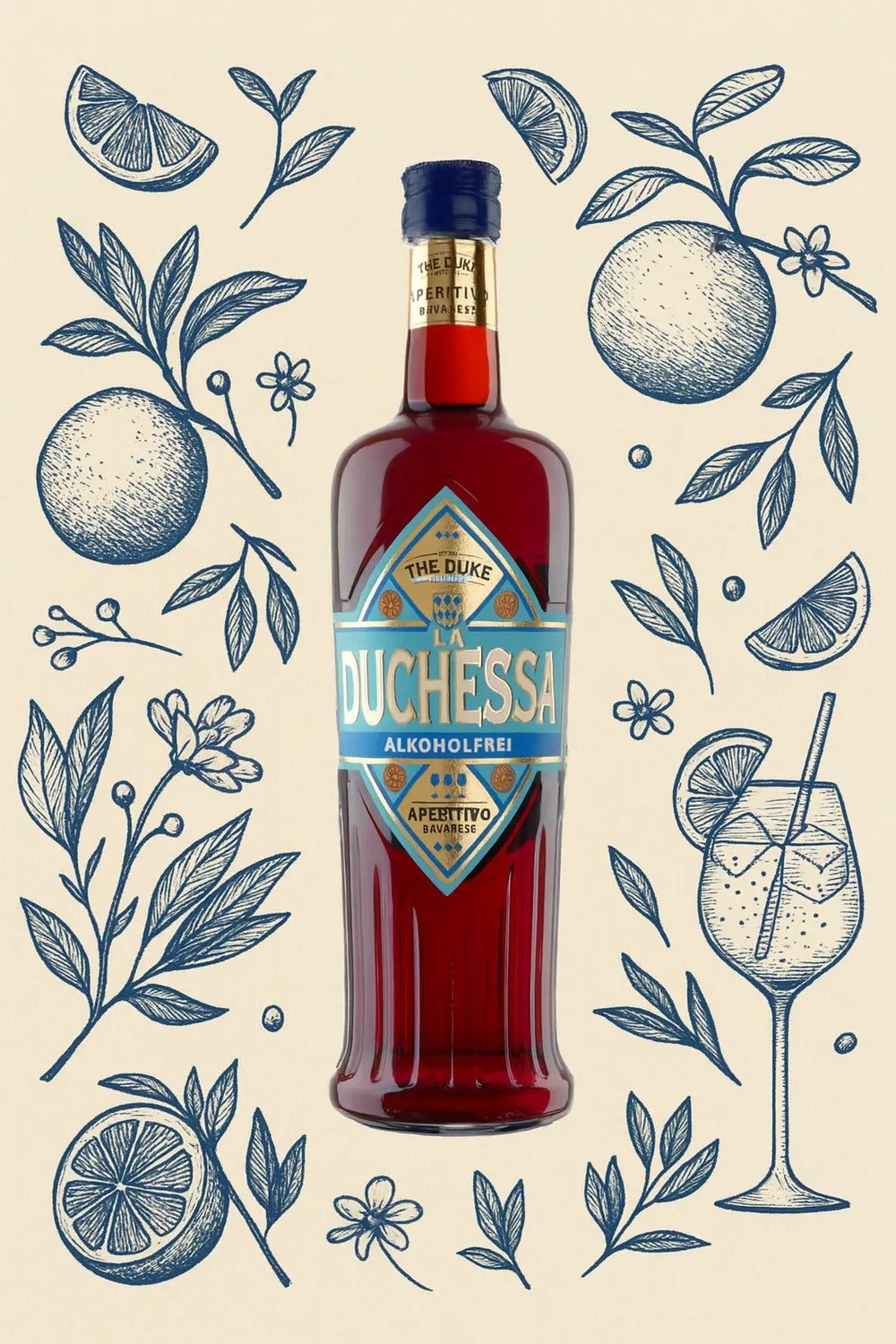


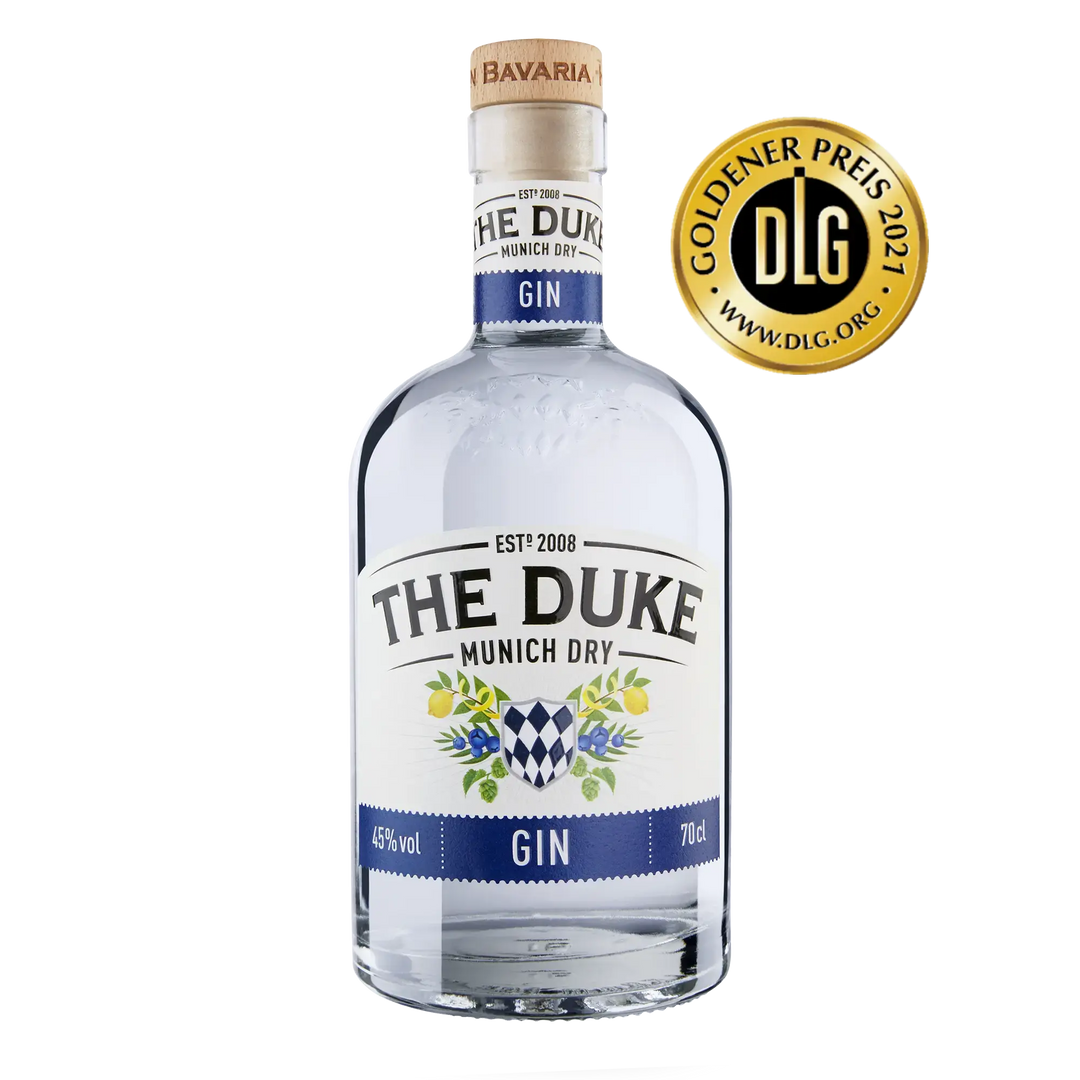
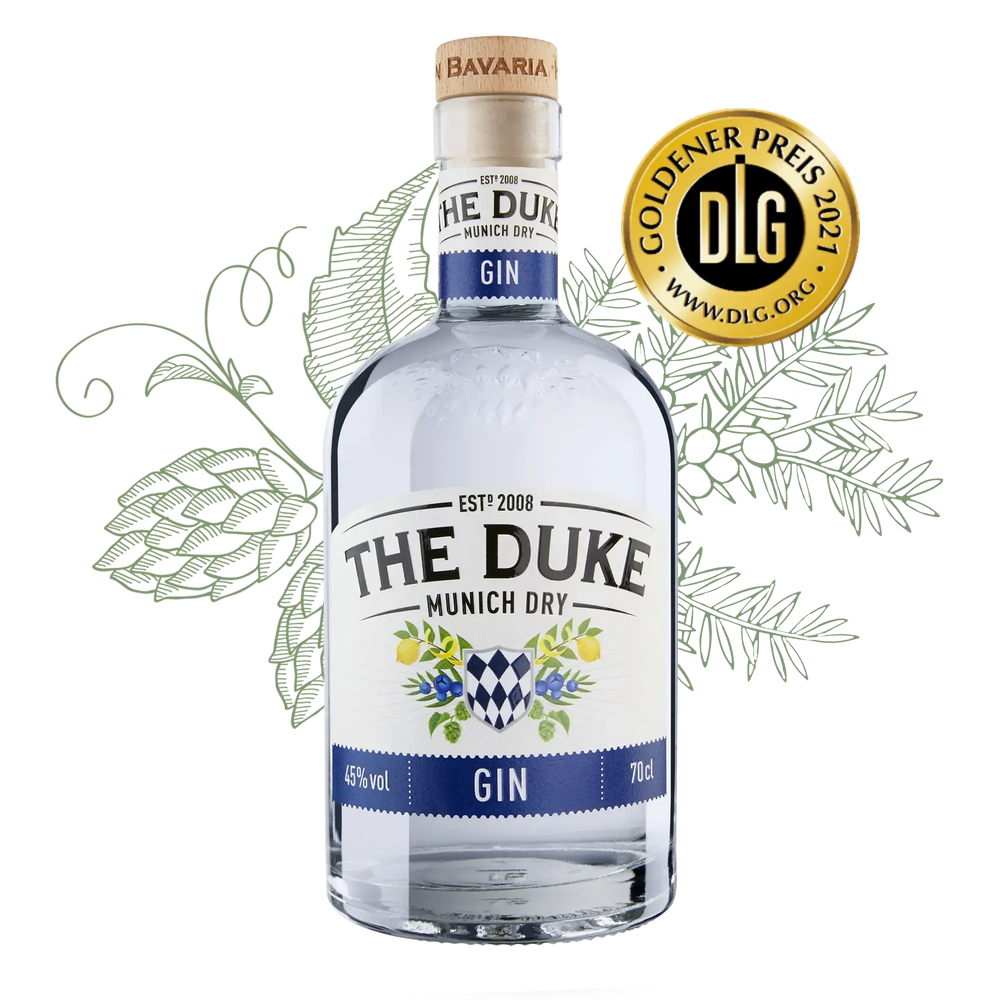

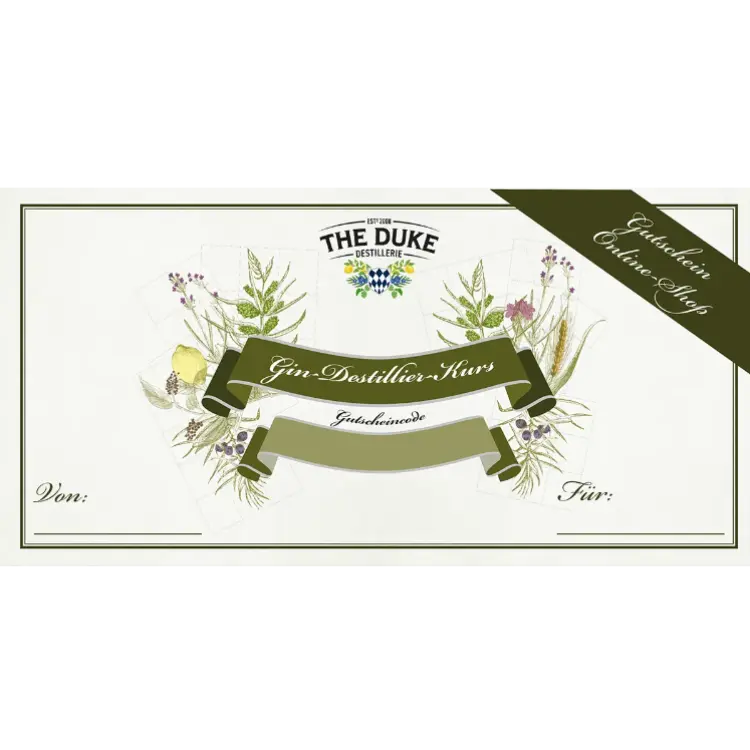
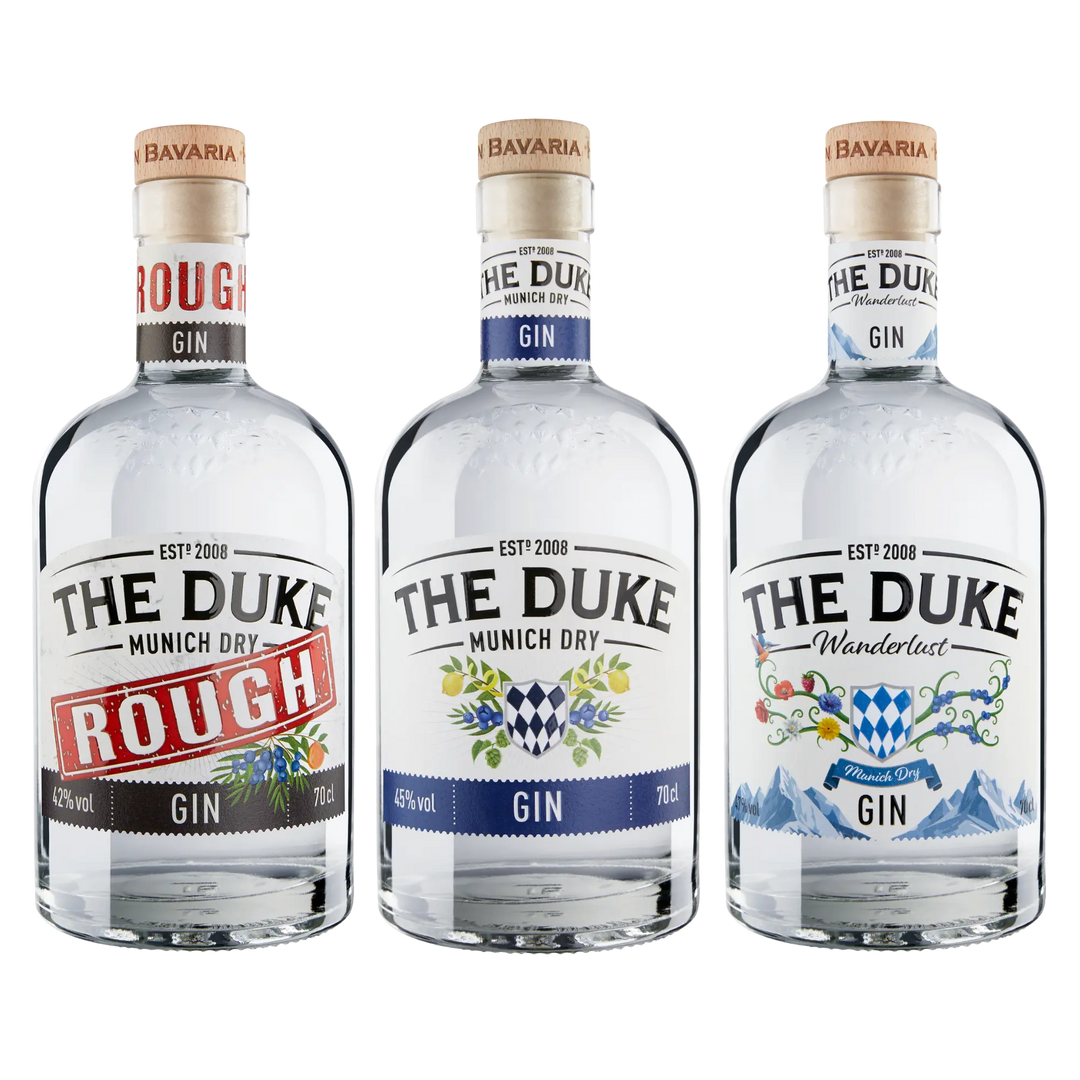
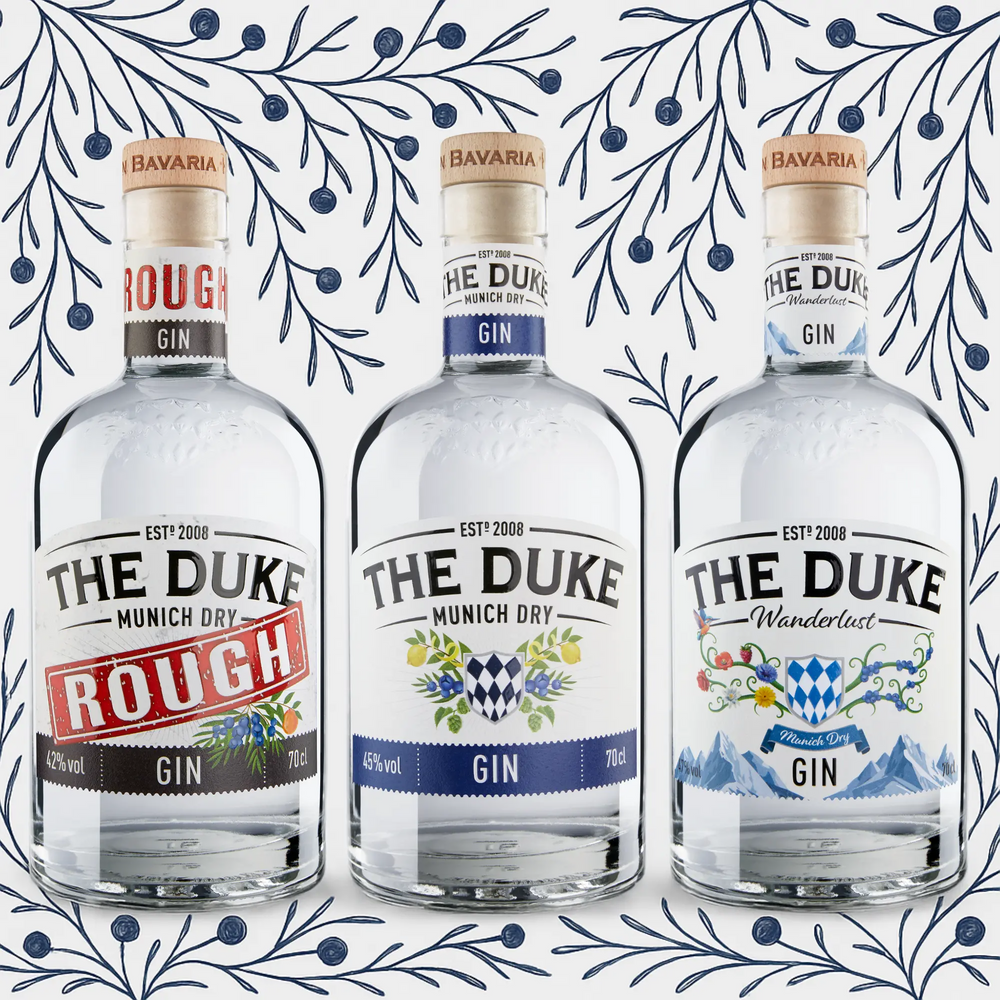



Leave a comment